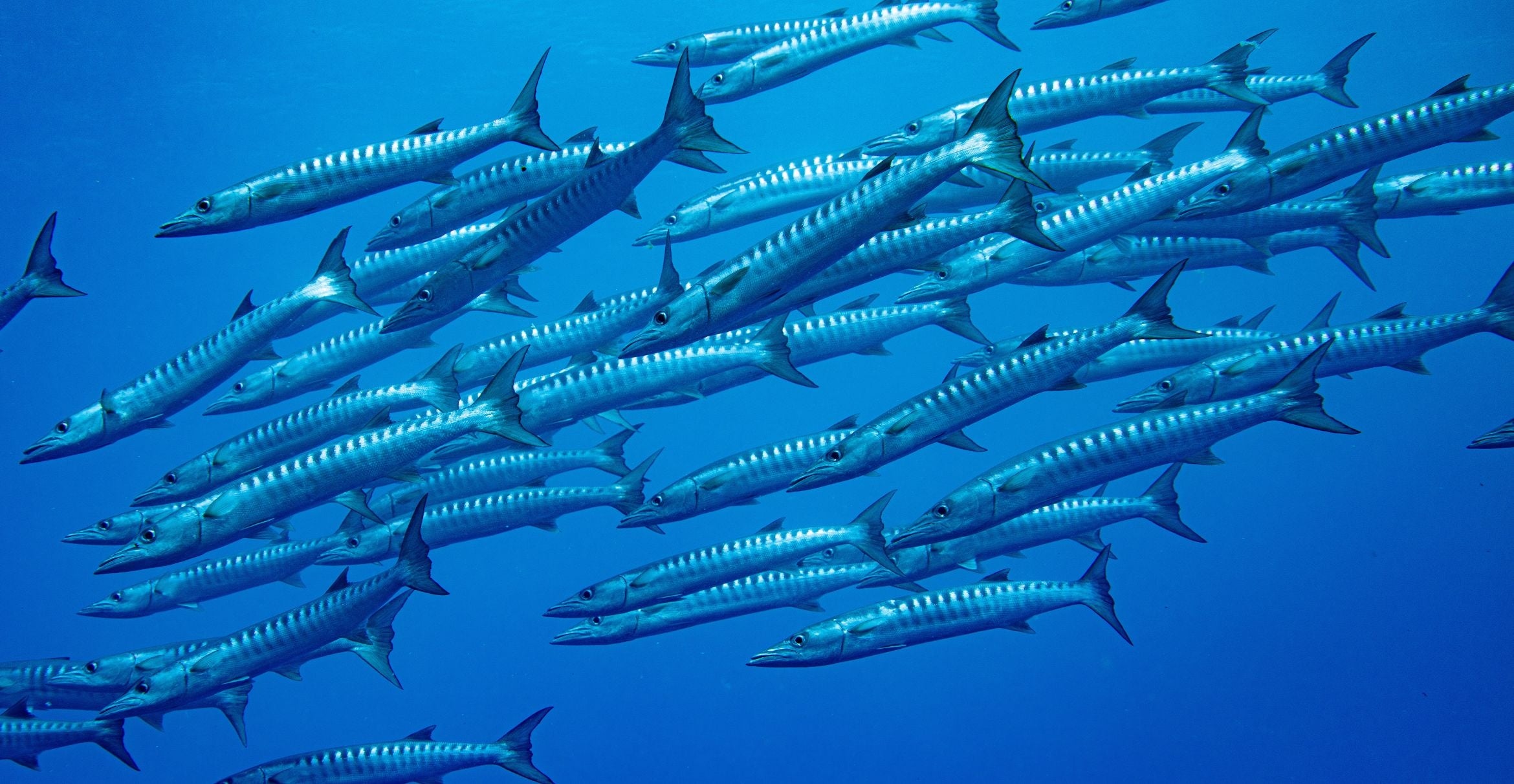
‘A Prolific Spirit of Innovation’
Some of the best inventions are the ones you don’t even know you’re using; so integrated in current technology, they are a seamless part of your daily life. So it is for the estimated 3.2 billion of us who rely on the internet for instant communication, education, entertainment and simply to stay connected to the world — using a variety of media, it all comes naturally with the push of a button.
Twenty years ago, however, the idea of such rapid communications was nothing more than a dream. Reality consisted of slow-loading websites, delayed messages, unreliable signals and unreadable files. The fiberoptic information superhighway was still coming into its own, and scientists and engineers realized that to satisfy the skyrocketing demand for true high-speed data transmission, they’d have to exploit the properties of light to their fullest extent.
Rod Alferness, now dean of the UC Santa Barbara College of Engineering, was among that forward-thinking group. With his colleagues at Bell Labs at the time, he worked to enhance the emerging optical telecommunications infrastructure with devices and architecture that not only eliminated the bottleneck on the information superhighway, but also vastly improved its capacity.
Among Alferness’s most notable accomplishments is his work with wavelength-division-multiplexed networks, which allow data to be sent back and forth through a single fiber via different wavelengths (colors) of light. His research led to development of titanium-diffused lithium niobate waveguide modulators, now standard devices in fiber optic transmission systems worldwide — and one of the reasons we can today chat, stream, search, conduct business, work remotely and generally stay connected online, in real-time. Such capability has opened the doors to new commerce, a modernized workforce and new avenues of expression and communication.
In recognition of his work, Alferness has been named a Fellow of the National Academy of Inventors (NAI). He joins 147 other renowned academic inventors for the NAI’s class of 2018, individuals who hail from research universities and from government and non-profit research institutes across the nation. He and the other new fellows will be inducted at NAI’s Eighth Annual Meeting, to be held in Houston, Texas, April 10-11, 2019.
Election to NAI Fellow status is the highest professional distinction bestowed upon academic inventors who have, according to the NAI, “demonstrated a prolific spirit of innovation in creating or facilitating outstanding inventions that have made a tangible impact on quality of life, economic development and the welfare of society.”
“Our campus is excited to collectively congratulate Dean Alferness on his election to the National Academy of Inventors, a proud recognition of his innovation and creativity at the forefront of engineering in the interest of humanity,” said UCSB Chancellor Henry T. Yang. “Rod’s leading research has been central to the development of fiber optic communications networks across the globe — just one example of his many contributions to society.”
“I am both highly honored and deeply humbled by this recognition,” Alferness said upon learning the news. “The National Academy of Inventors includes so many marvelous people whose shared spirit of fearless innovation has inspired me throughout my career. To be recognized among such company is extremely gratifying.”
The Richard A. Auhll Professor and Dean of UC Santa Barbara’s College of Engineering, Alferness leads one of the world’s consistently top-rated and productive engineering schools. The campus generates an average of 90 invention disclosures annually, the majority of which come from one of the college’s five disciplines and world-class facilities.
At UC Santa Barbara Alferness continues his work to advance optics and photonics research, helping to enable the development of the next generation of energy-efficient, high performance devices to meet the ever-increasing demand for high-volume data transmission. Partnering with electrical and computer engineering and materials faculty member, John Bowers, who also is director of the Institute for Energy Efficiency, Alferness helped to establish UC Santa Barbara as the West Coast hub for AIM Photonics. The federal and state engineering technology consortium is dedicated to advancing the technology and manufacturing of integrated silicon photonics, as well as to the development of the highly skilled workforce necessary to support the emerging industry.
Before he joined the UC Santa Barbara faculty in 2011, Alferness worked for decades at Bell Labs, concentrating his research on photonics and optics. His early accomplishments included the success with the DARPA-funded MONET project, an experiment that demonstrated the feasibility of wavelength routed optical networks — which now provide rapid and flexible connectivity not just over long distances but also to areas of high demand. During the later part of his time there, Alferness led research efforts at Bell and its later incarnations, ultimately as chief scientist at Bell Labs/Alcatel Lucent. He is the author of more than 100 papers and holds 35 patents.
Alferness is a member of the National Academy of Engineering and a Fellow of both The Optical Society (OSA) and the Institute of Electrical and Electronics Engineers (IEEE). He served as OSA president in 2008 and as a member of that society’s board of directors from 2001 to 2003. He also was president of the IEEE Lasers and Electro-optics Society (now Photonics Society) in 1997. His work and research have earned him numerous awards throughout his career, including the OSA’s Robert E. Hopkins Leadership Award in 2010, the IEEE Millennium Award, and the IEEE Photonics Award. In 2018 he was the recipient of OSA’s highest honor, the Frederic Ives Medal / Jarus Quinn Prize.
“I am very proud to welcome another class of outstanding NAI Fellows, whose collective achievements have helped shape the future and who each day work to improve our world,” said Paul R. Sanberg, president of the NAI. “Each of these new NAI Fellows embodies the academy’s mission through their dedication, creativity and inventive spirit. I look forward to working collaboratively with the new NAI Fellows in growing a global culture of innovation.”



